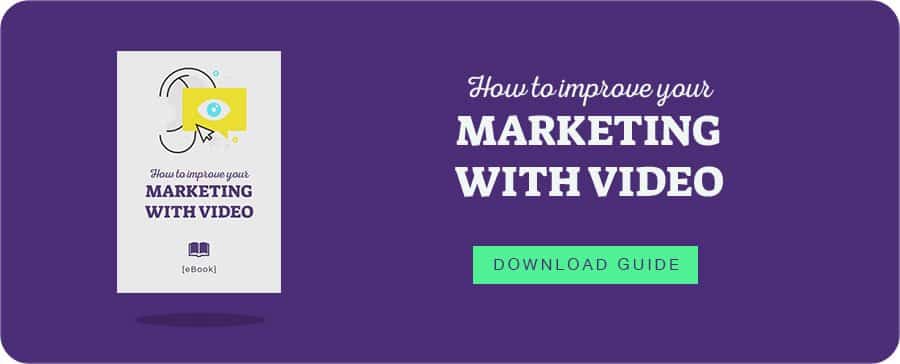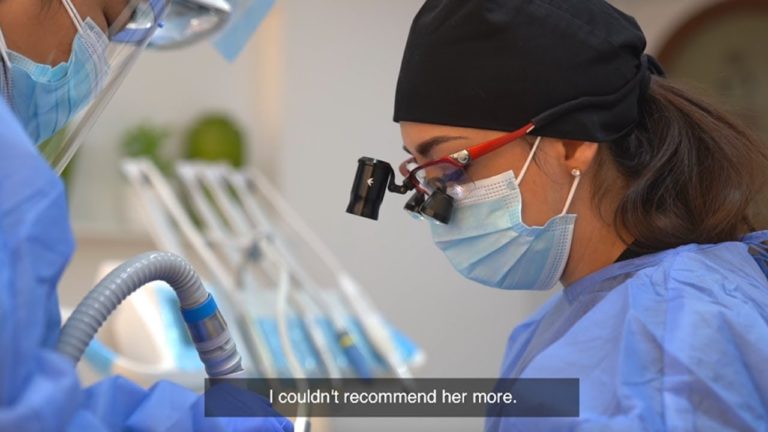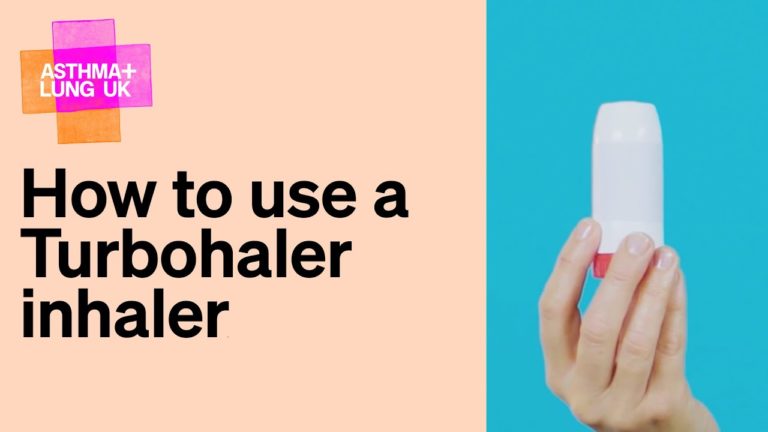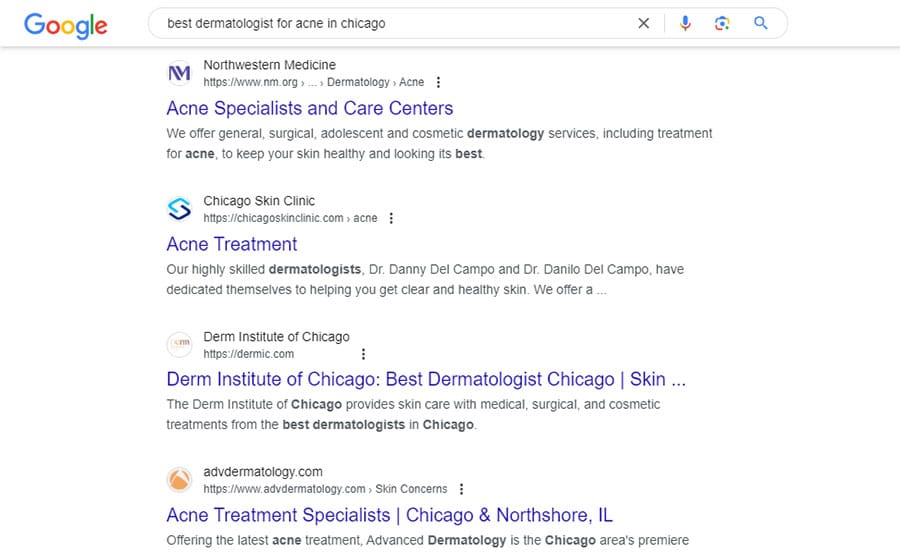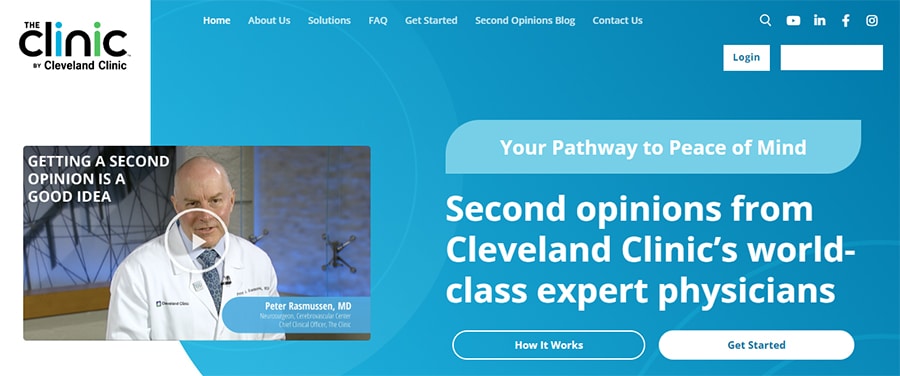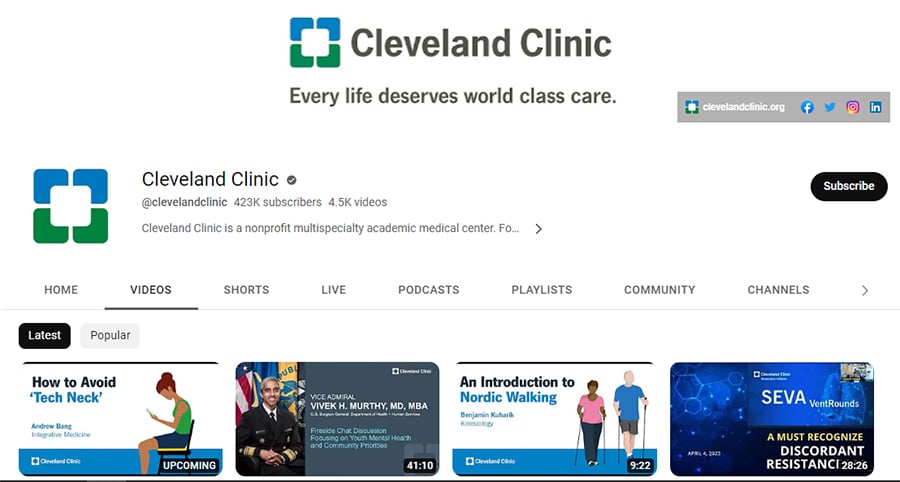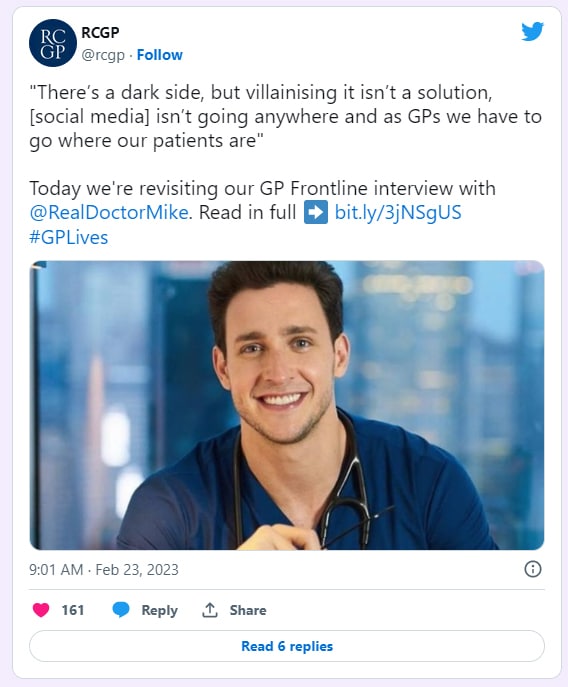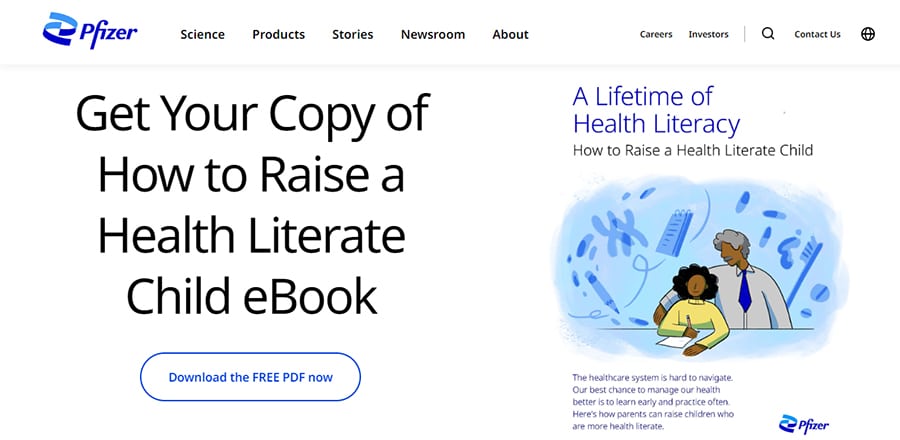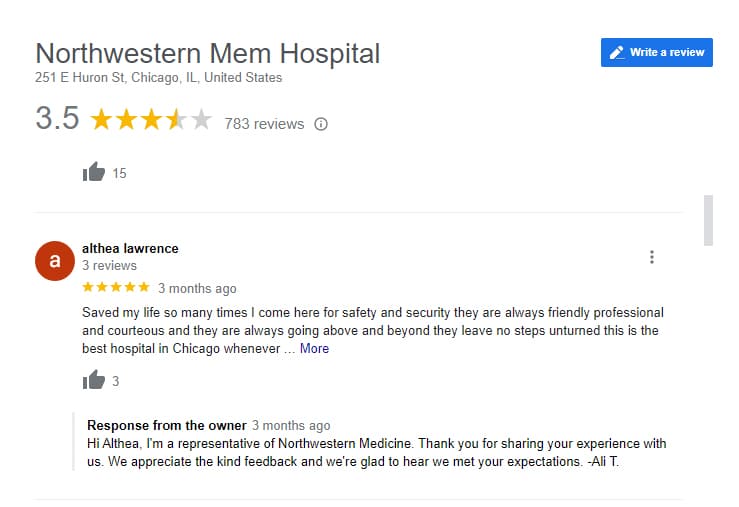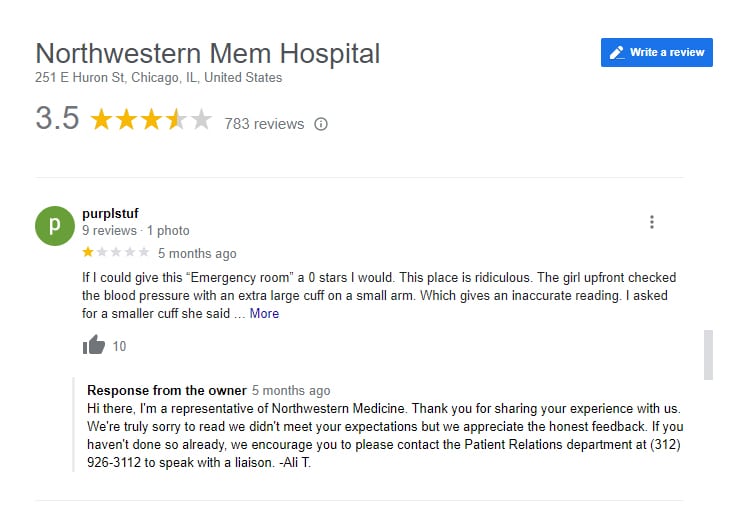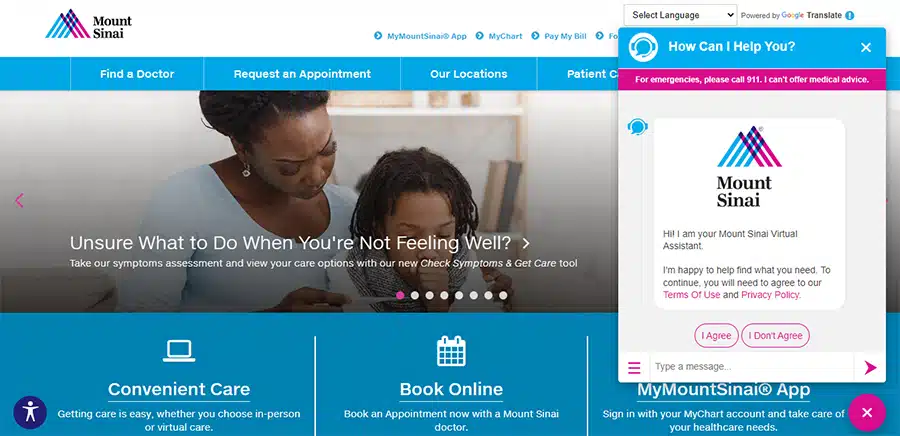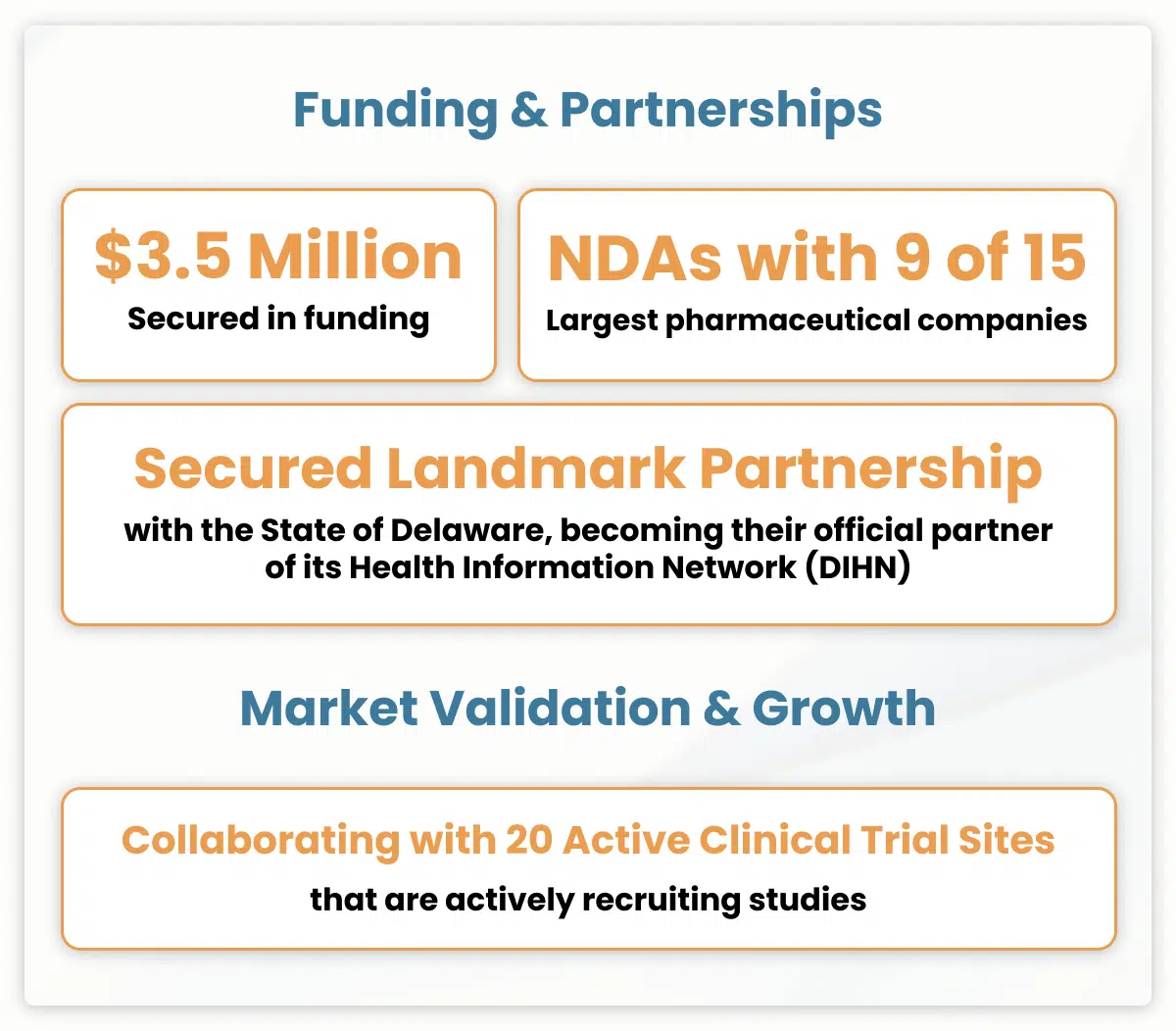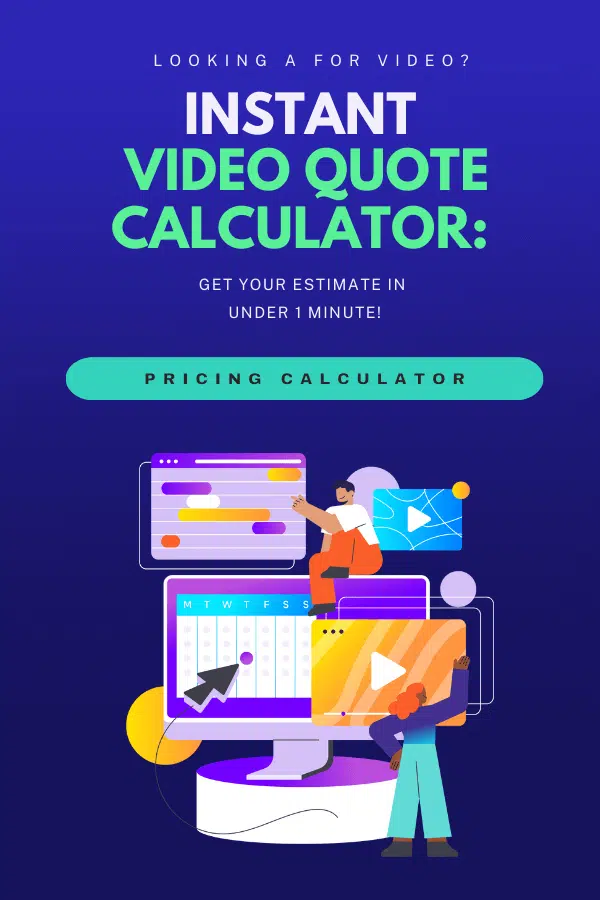Best Healthcare Marketing Strategies and Tips

Written by Florencia Corazza
Content Writer and Co-Editor
14/11/24
Author: Florencia Corazza
18 min reading
MarketingStrategy

The medical industry is constantly evolving and presenting new trends and challenges your marketing team needs to keep up with and tackle. But healthcare marketing doesn’t have to be daunting, as there are many strategies that can maximize your efforts and easily reach your prospects and patients.
To help you narrow down the best options for your business or practice, I’ve compiled a list of 12 effective marketing strategies for healthcare. I made sure to include a varied selection, so you can find at least one that suits your needs and goals. You’ll also find examples to discover how to get started on them!
Table of Contents
What Is Healthcare Marketing?
The most common definition of “marketing” is “to advertise a product or a service,” but what is healthcare marketing? Well, it’s basically the same, but focused on promoting medical products, services, facilities, and organizations to patients, healthcare providers, and even stakeholders.
By employing hospital marketing strategies, a provider can build brand awareness, increase trust, attract and retain patients, and even increase revenue.
It’s important to note that because of the sensitive information and topics involved, medical marketing is highly regulated. There are regulatory agencies and laws, such as the Food and Drug Administration (FDA) and the Health Insurance Portability and Accountability Act (HIPAA), that ensure that advertising is honest, ethical, and legal.
What Are the Benefits of Healthcare Marketing?
From health systems, hospitals, and pharmaceuticals to manufacturers, health plans, and solo practices, virtually any kind of healthcare-related business can profit from implementing medical marketing strategies. Here are some examples of their benefits:
- Increase trust in your practice or company.
- Educate patients and share important information.
- Boost patient or customer acquisition.
- Improve patient satisfaction and healthcare outcomes.
- Raise awareness on medical conditions as well as healthcare products and services.
- Encourage engagement.
- Debunk misconceptions and clear doubts.
- Keep patients and staff updated on the latest medical developments.
Top 12 Healthcare Marketing Strategies You Can’t Ignore
There are many effective marketing strategies for healthcare, more than I could discuss in this post. That’s why I decided to give you a good mix of popular strategies as well as those you’re less likely to come across when doing your research:
1. Healthcare Video Marketing
2. Content Marketing
3. Search Engine Optimization
4. Email Marketing
5. Patient Referral Programs
6. Consistent Branding
7. Healthcare Social Media Marketing
8. Influencer Marketing
9. Hashtag Campaigns
10. Lead Buckets
11. Review Management
12. Healthcare Automation Tools
All of these healthcare marketing strategies are equally good for achieving different purposes; let’s dive deep into each one!
1. Healthcare Video Marketing
Video content is an incredibly flexible medium through which to connect with your audience and nail many goals, enhancing your healthcare marketing plan considerably.
You can use marketing videos to summarize information, provide insights, give a tour of your facilities, share success stories and testimonials, and more! What’s even better is that leveraging this content is incredibly easy. For example, you can share it on social media and YouTube, and embed it on your landing pages and even on your blog posts.
And ultimately, creating an adequate video for your product or service can always be made easier by partnering up with a good healthcare video production company.
Now, regarding the types of videos for your healthcare marketing strategy, here are a few excellent options:
1.1 Explainer videos
Animated explainer videos are typically 90-second pieces that use either animation or live-action footage (or both!) to explain complex medical concepts in a way anyone can easily understand. They can be used to address patients, staff, and shareholders alike and help you promote your medical products or services by highlighting their features and benefits.
Although explainers are popular in multiple industries, they’re especially beneficial for healthcare marketing strategies since they can cover highly technical subjects (something not uncommon in the medical field) as well as simple concepts. The best part is that they do it in a way that’s equally understandable and engaging, as the videos in this section can demonstrate: One touches on the importance and function of a cell culture surface, whereas the other one explains how a healthcare app works. An impressive range, huh?
1.2 Educational videos
As you can expect from their name, these videos strive to educate your audience on a particular medical subject, such as pathologies, research findings, current healthcare issues, and more. Usually, they showcase a healthcare professional speaking directly to the camera or a didactic explanation made by a medical animation company.
They offer a win-win panorama for both the audience and the medical provider: the former gains valuable knowledge and the latter gets to position themselves as an authority in the medical field. We’ll touch more on this when we focus on content marketing, but for now, it’s important that you notice the trust and gratitude that stems from showing your expertise to your audience through educational videos.
1.3 Patient testimonials
These pieces feature patients sharing their successful outcomes and positive experiences with a healthcare provider or treatment. They’re your strongest allies in healthcare marketing because they help build trust and credibility by providing social proof.
1.4 How-to videos
Also known as “tutorials,” these videos are a staple in most video marketing strategies, as they are perfect for demonstrating to both patients and staff how to effectively use certain medical devices, administer treatments, or even explain how a medicine works. They can be a valuable resource in your healthcare marketing strategy to promote education and engagement.
1.5 Live videos
You’ve probably seen a medical live video before. They’re typically used to hold virtual events such as panel discussions, share interviews and Q&A sessions, or provide a behind-the-scenes look at a medical institution. When used as part of a healthcare marketing strategy, these pieces can foster engagement and help build a sense of community.
1.6 Doctor and staff profile videos
This type of video content is used to introduce healthcare providers to potential patients, featuring doctors or staff members and showcasing their experience, expertise, and personality. This way, the audience can feel more connected and comfortable with the provider, increasing the chances of them choosing you over your competitors.
1.7 Product videos
Product videos focus on a specific healthcare product, service, or digital platform. They can portray a detailed view of such an item, provide a thorough description, or explain the science behind it.
They can bring big benefits for healthcare marketing strategies since patients can feel more confident in a product or service when they truly understand its purpose or see it in action.
2. Content Marketing
Content marketing is a wonderful strategy to build a long-term relationship with your audience, whether it’s composed of patients, caregivers, medical professionals, or a different group.
This healthcare marketing strategy revolves around crafting valuable content to educate or inform your audience. The purpose of this content can also be to entertain, by creating emotionally compelling pieces the audience can relate to.
Whatever the case, providing your audience with free and useful information can help them associate your healthcare brand with credibility and expertise, ultimately generating confidence.
How to harness such a strategy? Simply by producing videos, blog posts, social media content, podcasts, infographics, and the like, revolving around relevant information related to your specific field.
It’s also important to mind where and how you’ll distribute this content, but we’ll touch upon that in the next healthcare marketing strategies on this list.
3. Search Engine Optimization
All great healthcare marketing agencies would tell you this is a force to be reckoned with in any digital strategy.
When patients, caregivers, or medical professionals look for information online, they type specific words into a search engine bar. If you leverage SEO correctly, those keywords can lead them straight to your product, service, or content.
The main purpose of this tactic is to land your webpage or video on the first result page of popular search engines, such as Google and YouTube. This connects you with prospects in an organic and not invasive way (something not even the best healthcare ads can do) since the audience is the one who has looked for your material, in contrast to you promoting it. By doing so, they have indicated they are interested in such topics, so SEO allows you to target potential patients and clients instead of a broader but less qualified audience.
To make the most out of SEO for your healthcare marketing strategy, find out which are the exact keywords related to your field that patients or other prospects search for the most. Then, tailor your promotional or educational content for those keywords, allowing search engine bots (the ones that “decide” what gets to be put on top of the SERP) to associate them with it.
This not only allows you to better target a specific audience but also lets you know which topics interest them the most.
4. Email Marketing
Email campaigns can do wonders for your healthcare marketing strategy since they help you connect with patients and other prospects directly.
Its uses are many: you can leverage it to promote your service or product, distribute your educational content, inform about news and updates, share patient testimonials, and more.
To start leveraging such a campaign and reaping its benefits, start by building an email subscriber list among your audience. This can be done by displaying sign-up forms in your healthcare facility or website for those interested in receiving a newsletter.
After your campaign is initiated, you should track metrics to find out how recipients have responded to it and experiment with different subject lines and CTAs to see what works best among your audience.
Email marketing is also an amazing strategy to combine with video, as including a video can boost the email click-through rate by 65%.
5. Patient Referral Programs
A patient referral program is an excellent way to promote word-of-mouth recommendations of your healthcare service, facility, or platform.
It’s a healthcare marketing strategy based on offering incentives to patients who recommend your service to someone in their friends or family circle. The incentives can involve discounts, vouchers, point rewards, thank-you cards, or the like, and be directed to both the referring and the referred patient.
To implement this strategy, it’s vital to first define what would be considered a successful referral. Would it be bringing a first-time patient for a single appointment or for a longer period of time? Maybe attracting a certain number of patients?
It’s also helpful to make the referral program easy to understand and follow for both parties. Most importantly, it’s crucial to develop a system that allows you to easily track and connect referring patients with referred ones so that no one feels their efforts haven’t been validated.
6. Consistent Branding
The truth is simple. Just like customers don’t buy anything they don’t already know or trust, potential patients won’t choose a healthcare provider or medical production they’re not familiar with, especially when their health or a loved one’s is at risk. This is where having a strong brand identity comes into play.
When you convey a consistent brand message across various channels, such as your social media accounts, your institution’s website, and so on, people are more likely to recognize and remember the brand.
To develop an effective branding scheme, start by defining your brand voice. That is the tone that will be implied in your communication with the audience. Should it be approachable? Clinical? Compassionate? Whatever your answer may be, your particular approach should guide the design of all your branding elements.
Another key aspect that your branding efforts can’t leave behind is the brand’s values. These should be borne in mind throughout all design decisions, hinting at them through color and shape.
Once that’s defined, it’s time to work on the cohesiveness of all the branding assets of your healthcare marketing strategy. Start by sticking to a consistent color scheme and typography. Your logo should also be easily recognizable and adaptable to different mediums, so you should forego complex designs that will look messy when shrunk to fit mobile screens, for example.
7. Healthcare Social Media Strategy
Social media constitutes a great promotional vehicle for your service or product and an amazing distribution channel for your content marketing strategy. Healthcare Social Media Marketing, it’s a fantastic medium to boost awareness about your healthcare brand and to connect more deeply with prospects, which can result in patient loyalty.
In the following sections, we will go deeper into specific healthcare marketing strategies that do wonders on social media, such as Influencer Marketing and Hashtag Campaigns. For now, though, let me tell you about general best practices that can succeed in social platforms:
- Selecting a main platform according to your target audience.
- Presenting content depending on awareness months or seasonal campaigns.
- Leveraging social media ads to reach a broader but targeted audience.
- Displaying high-quality image and video content.
- Responding to comments in a timely manner.
- Posting interactive content, such as polls and quizzes, to actively engage the audience.
- Tracking metrics to refine your healthcare social media strategy in the long run.
- Maintaining a consistent posting frequency.
- Using CTAs at the end of your posts.
Needless to mention, it’s vital that any content you share doesn’t violate HIPAA rules related to patient’s Protected Health Information.
8. Influencer Marketing
There are influencers in every niche, even in the medical industry. Influencer marketing is a growing trend among professionals and practices looking to expand their reach, as healthcare and wellness influencers help reach new patients and spread their message.
They can achieve this just by talking about the person or the company on their social platforms. Pretty amazing, don’t you think?
It’s crucial that you find the influencers that best fit your specialty, as it will increase the effectiveness of your healthcare marketing strategy. Also, bear in mind that some influencers may request compensation for their services. This can take the form of sponsorships, free products or treatments, and maybe even commissions on sales.
9. Hashtag Campaigns
A hashtag campaign is a medical marketing strategy that involves creating and promoting a specific and relevant hashtag on social media channels. The goal is to build buzz around a particular topic or event and engage users.
A key aspect of this tactic is to choose a hashtag that’s short, memorable, and easy to spell. Then, you should promote it across your social media channels, website, and even emails to spread the word. You can even partner with influencers or organizations with similar values to help you spread it and reach other audiences.
You also need to encourage users to actually use your hashtag. So, you should clearly explain how and why they should use it. Consider requesting that they share their own stories or experiences, inviting them to join a larger conversation, or even offering to feature user-generated content (UGC) on your own page.
10. Lead Buckets
Lead acquisition is one of the most common goals people researching healthcare marketing strategies are trying to achieve. In other words, they want to attract new patients and grow their practice or business. But we all know that’s not easy, especially in such a competitive industry.
However, creating lead buckets is a tried and tested medical marketing strategy that aims at attracting prospects. The idea is that you offer them a valuable resource or service to get them interested in you. Optionally, you can request their contact information in exchange, so you can better target your campaigns.
For example, you could ask them to leave their email address in order to download an eBook, and then use that address to send them targeted and personalized newsletters. Other things you could offer include:
- Free consultation or screening.
- App demo.
- Discount or coupon.
- Email updates on the latest medical developments.
- Exclusive event invite.
- Access to a dedicated social media patient group.
Whatever you choose, just remember that what you offer has to be equally valuable as the information the prospect will be giving you.
11. Review Management
Reviews are the cornerstone of any healthcare marketing strategy that seeks to build trust in a medical institution, product, or even doctors and specialists. As I’ve mentioned before, people always look for social proof before making a decision, particularly in the healthcare industry.
A lack of reviews could cause problems, as your potential patients might find it suspicious that you don’t have any ratings online. For this reason, it’s crucial that you request and encourage feedback from satisfied patients. For example, you can do this with a satisfaction survey or by directing patients to your Google Business Profile.
Bear in mind that getting negative reviews is inevitable, especially if you own a big hospital or big institution. It’s important that you take them as feedback and respond to them with empathy and HIPAA compliance in mind. Start by thanking them for the review and tell them how you plan to resolve their concern or how they can request further assistance.
12. Healthcare Automation Tools
Improving patient experience with something as simple as reminding them of their appointment can do wonders for your healthcare marketing strategy, boosting patient acquisition and fostering loyalty. But let’s be honest for a moment here. You can’t have people on the phone 24/7, booking appointments and providing information to every single patient who contacts you.
Luckily, there are healthcare automation tools that can provide the solution and help you expand your reach, nurture leads, and even book appointments!
The best part about them is that you can plan for different actions and create a predetermined and personalized response to them. For example, you can use automation for:
- Appointment scheduling and reminder.
- Advertising.
- Social media publishing.
- Email campaigns and newsletters.
- Blog updates.
- Chatbot display and answers.
MedVector’s $3.5 Million Healthcare Video Marketing Case Study
Company Overview: Telemedicine platform that allows patients to participate in clinical trials without abandoning their local medical practice.
Campaign Goal: Raising funds and attracting investors.
Target Audience: Investors, medical professionals, healthcare facilities, vendors, and pharmaceutical companies.
Video Animation Style: Whiteboard animation.
Video Production Budget: $8,000
About this Project: The protagonist of this healthcare marketing case study is this cool whiteboard video we created for MedVector. We’ve chosen to include it here because it’s a great example of the success that can arise from a well-executed video strategy targeted at your specific audience.
It only cost MedVector $8,000 to produce it and allowed them to obtain 555 new investors and raise 3.5 million dollars in the long run!
Yes, you’ve read that correctly!
(Source)
When MedVector reached out to us, they were looking to attract investors and funds for their innovative telemedicine platform, which connects patients and medical professionals with clinical trials, making these accessible to a wider audience.
With that in mind, we thought a whiteboard animation was a fantastic choice, as this explainer video style works impressively well for making complex topics understandable for anyone, even for those without previous knowledge about clinical studies’ procedures.
Of course, it doesn’t hurt that the video starts with a relatable and emotionally compelling situation: patients’ missed opportunities for new medications. Once the video gets the viewer hooked in that context, it conveys how MedVector can ease the problem and dissects how it works. This gives viewers a full picture of the platform and allows them to connect with its purpose beyond a transactional level. And it seems it worked, as 555 investors felt compelled by the message!
If you are interested in learning more about the video production and design decisions behind this piece, feel free to read more about this case study or download it to check it out later!
Wrapping Up
There are many healthcare marketing strategies you can leverage to successfully promote your business. However, some of them are more or less effective in achieving certain goals. For that reason, I created this guide with a balanced variety of strategies for different purposes.
From social media to influencer and content marketing, I hope you’ve found some useful insights here and are now able to create a solid healthcare marketing plan to start growing your practice.

Florencia Corazza – Content Writer and Co-Editor
A skilled writer, translator, and co-editor for our web and blog content. As a self-defined "wordsmith," she’s talented in adapting the latest marketing news into all kinds of digital formats. If she’s not watching the latest Sci-Fi show on Netflix, then can find her tending to her perfectly reasonable number of plants.

